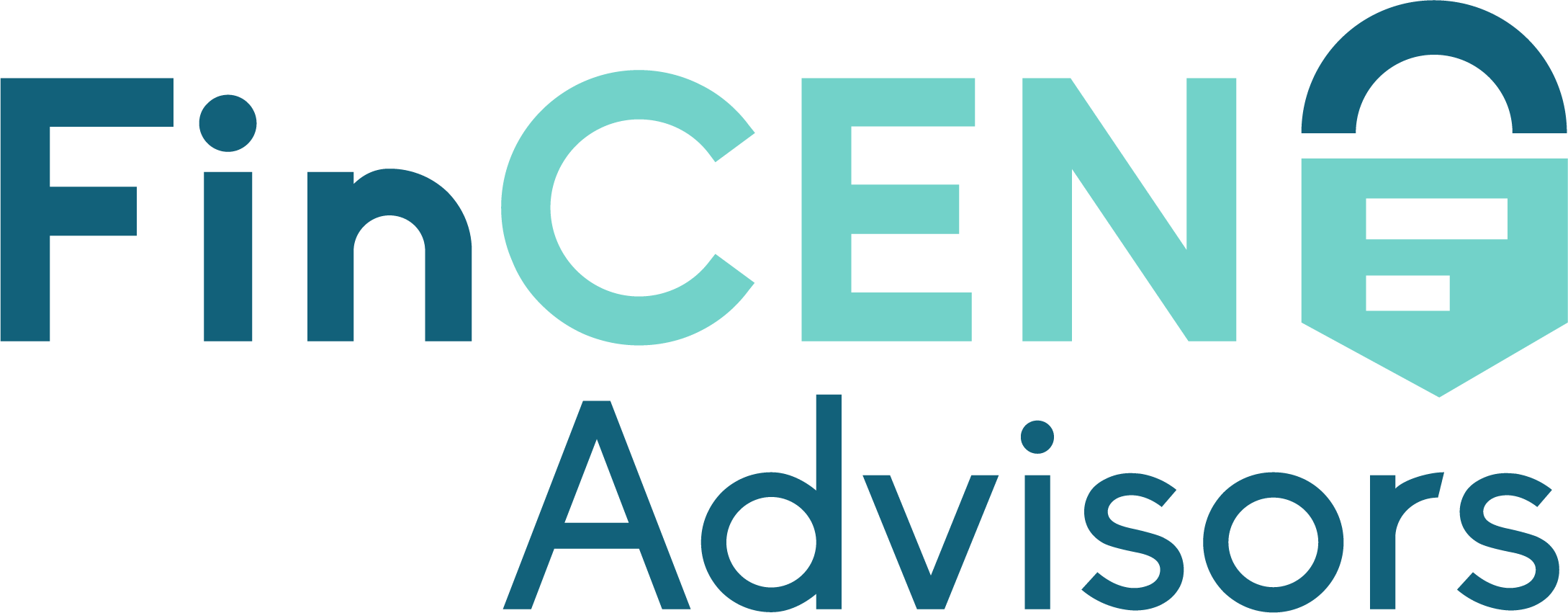Regulatory bodies always seem to be changing reporting requirements. Find out how to position your business to stay adaptable.
Key takeaways:
- Legislation like the Corporate Transparency Act is implemented to regulate the corporate landscape, increase transparency, and minimize financial crimes.
- Anticipating regulatory change requires careful industry monitoring and collaboration with legal and compliance experts.
- Focus on improving communication and training efforts and integrating the right technology.
Businesses face various regulatory compliance guidelines that only seem to increase each year. One critical aspect of compliance today is successfully navigating beneficial ownership reporting. As governments and regulatory bodies intensify their focus on transparency and accountability, the landscape of reporting requirements is undergoing significant changes.
Many companies struggle to stay compliant because of the detailed requirements they must meet and the ongoing changes they must follow and adapt to. This leads to business risks like fines, penalties, and legal issues.
This article provides insights and strategies for more effectively anticipating and adapting to regulatory changes in beneficial ownership reporting and beyond.
Why does regulatory change occur?
Regulatory changes occur occur frequently and continue to reshape corporate governance. These changes occur because of many factors, primarily to establish a more transparent and accountable global business environment. Regarding beneficial ownership reporting, the Corporate Transparency Act (CTA), passed in 2021 and enacted in 2024, set new reporting standards for many businesses to create more corporate transparency.
These concerns are increasing worldwide as regulatory bodies are focusing more on combating financial crimes, money laundering, tax fraud, and terrorism. Changes in beneficial ownership reporting requirements stem from a global push to better identify the individuals behind corporate entities. International collaborations, such as the Financial Action Task Force (FATF), play a pivotal role in setting standards that influence national regulations, urging countries to align their reporting requirements with global best practices.
As financial threats evolve and become more sophisticated, regulatory bodies aim to refine reporting standards to keep up. Any changes made to beneficial ownership reporting regulations are one such proactive measure to fortify defenses against illicit activities, safeguarding the integrity of financial systems.
These regulatory changes can significantly impact businesses of all sizes. The demand for increased transparency places a heavier compliance burden on organizations, necessitating a review of internal reporting processes and a more proactive approach.
Strategies for Anticipating Regulatory Changes
So, what measures should you implement to anticipate regulation changes? Simple actions can put your business in a much better compliance position. Here are a few strategies to implement:
- Engage with the industry through advocacy and professional networking.
- Maintain a regulatory compliance team that stays informed about upcoming and potential amendments and trends.
- Establish a proactive regulatory monitoring system that works in real-time with automation tools and predictive analytics.
- Collaborate with legal and compliance experts who specialize in your industry.
- Regular risk assessments should be conducted to consider internal and external compliance factors.
- Cultivate a culture of compliance, transparency, and awareness with educational materials and training opportunities.
With these methods, you can more effectively anticipate regulatory changes, mitigate associated risks, and adapt to the evolving compliance landscape.
How to develop an adaptive compliance plan
The adaptability piece is essential in ongoing compliance. Creating a flexible compliance plan that promptly responds to regulatory changes is crucial for navigating the dynamic governance landscape.
The first step involves building a solid foundation through continuous regulatory monitoring. Establish a dedicated team or utilize automated tools to keep a vigilant eye on legislative developments. Regularly review industry publications and government announcements and participate in relevant forums to stay ahead of the curve. This proactive approach ensures that your organization is not caught off guard when a change occurs.
Once your organization knows potential changes, creating a cross-functional regulatory task force is next. This team should include legal, compliance, risk management, and critical business unit representatives. Bring together diverse expertise so the team can assess the impact of regulatory changes on various aspects of the organization.
Break down compliance processes into manageable components, each with clearly defined responsibilities, to further instill agility. This allows for faster adjustments when new regulations emerge, allowing a more flexible response. Regularly review and update these moving parts to accommodate changes in business requirements, ensuring that your compliance plan stays current and effective.
Improving communication, training, and technology
Training and communication will be critical parts of any successful compliance plan. Teams need regular and thorough training opportunities to understand current laws, what they mean for compliance, and what risks noncompliance brings. An open communication policy ensures that everyone stays on the same page and stays aware of what’s happening in the more significant industry.
In addition, internal teams should rely on new technology to help facilitate adaptability in compliance. Regulatory compliance software can automate monitoring all regulatory changes, assess their impact on the organization, and streamline processes. Technology can significantly reduce the manual effort required to keep up with changing laws and rules.
Leaning on legal and compliance experts
Working with a professional is one of the best steps to anticipate and adapt to regulatory changes. Talking to legal and compliance experts about new regulations and your obligations as a business ensures you’re being proactive and staying compliant, no matter what new guidelines emerge.
Beneficial ownership reporting requirements can result in severe potential fines and penalties, so you want to do everything possible to protect your business. This means maintaining reporting compliance and ongoing review of your policies and procedures.
FinCEN Advisors understands that staying compliant is a never-ending process that requires vigilance and adaptability. We help you understand complicated laws and regulations, s you understand why the law exists andyour obligationse. We also make the reporting process simple.
Contact FinCEN Advisors to talk to a compliance expert.









